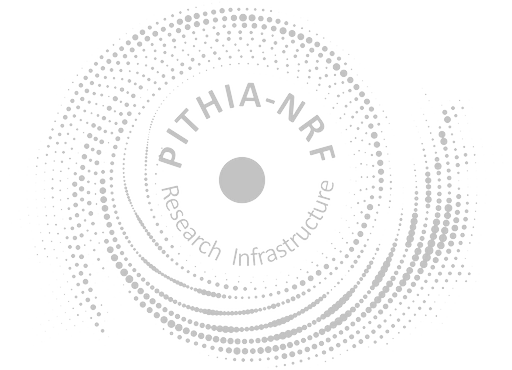<?xml version="1.0" encoding="UTF-8"?>
<Instrument xmlns="https://metadata.pithia.eu/schemas/2.2" xmlns:xlink="http://www.w3.org/1999/xlink" xmlns:xsi="http://www.w3.org/2001/XMLSchema-instance" xsi:schemaLocation="https://metadata.pithia.eu/schemas/2.2 https://metadata.pithia.eu/schemas/2.2/pithia.xsd">
<identifier>
<PITHIA_Identifier>
<localID>Instrument_GNSS_Scintillation_Receiver_GSV4004A_GSV4004B</localID>
<namespace>novatel</namespace>
<version>1</version>
<creationDate>2022-09-15T17:00:00Z</creationDate>
<lastModificationDate>2025-07-21T11:42:00Z</lastModificationDate>
</PITHIA_Identifier>
</identifier>
<name>GNSS Scintillation Receiver - GSV4004A/B</name>
<description>NovAtel’s GSV4004A and GSV4004B are “GPS Ionospheric Scintillation and TEC Monitor” (GISTM) receivers. The primary purpose of the GISTM is to collect ionospheric scintillation and TEC data for all visible GPS satellites (up to 10), and up to 3 SBAS-GEO satellites, and output data logs, called “ISMR”. The GISTM’s data logging operation can be controlled to collect the ISMR data logs that are generated every minute. Raw 50-Hz phase and amplitude data logs are also available as GISTM output.</description>
<type xlink:href="https://metadata.pithia.eu/ontology/2.2/instrumentType/GNSS-receiverScintillation"/>
<operationalMode>
<InstrumentOperationalMode>
<id>GNSS-high-sampling-rate</id>
<name>High-rate-GNSS-signals-sampling</name>
<description>The sistem is capable to record the GNSS signal Raw phase (in cycles) and post-correlation I and Q samples acquired at high sampling rate (usually from 20 to 50/100 Hz).</description>
</InstrumentOperationalMode>
</operationalMode>
</Instrument>

